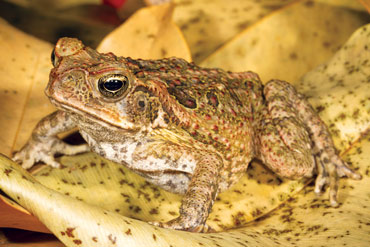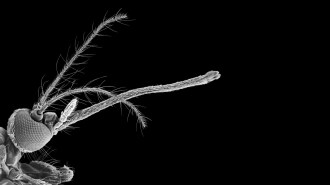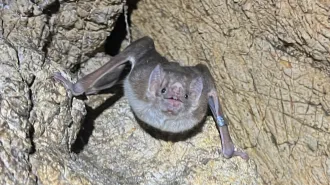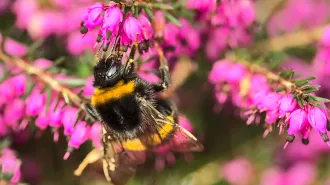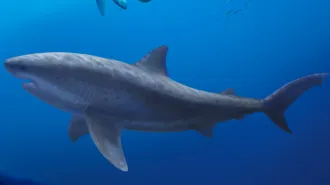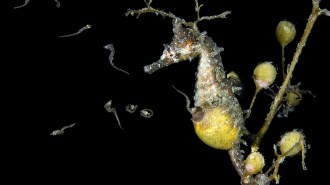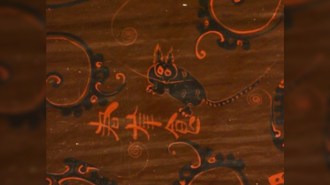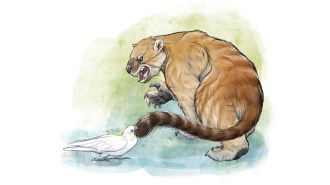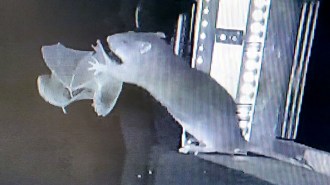In a conservation catch-22, efforts to save quolls might endanger them
After 13 generations isolated from predators, the northern quoll lost its fear of them
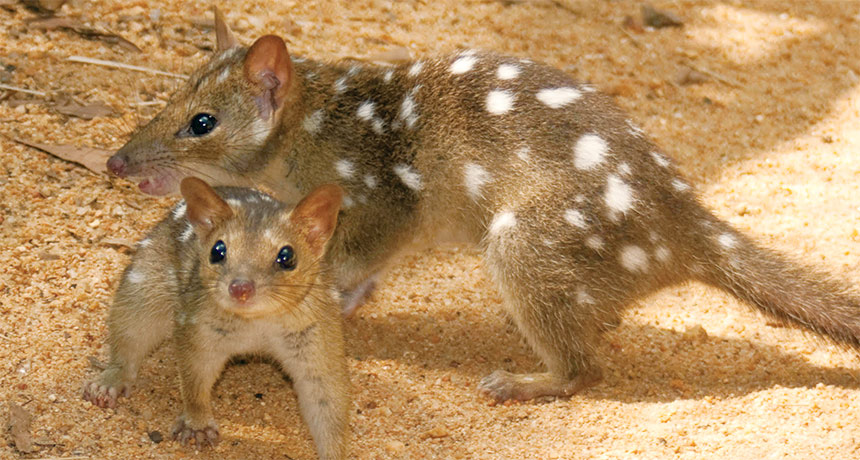
UNAFRAID Conservationists isolated a population of northern quolls, such as these pictured, on a predator-free island to attempt to build back their numbers. After 13 generations, the quolls lost their fear response to predators.
Jonathan Webb
